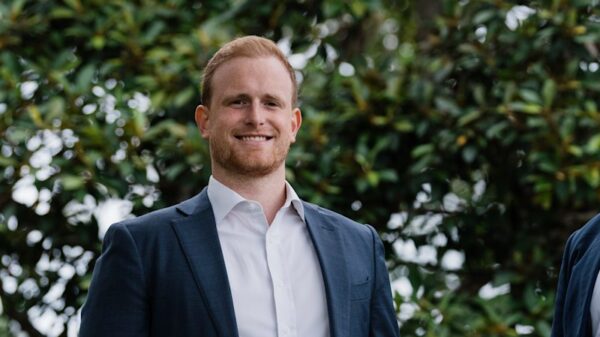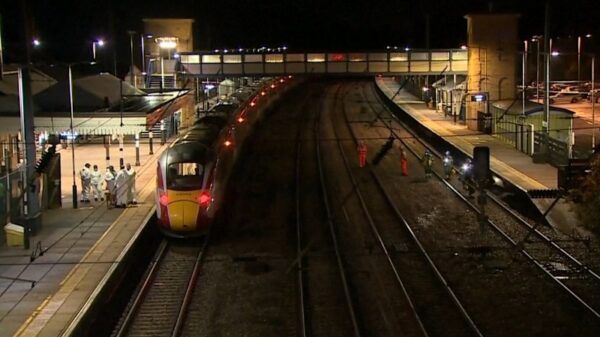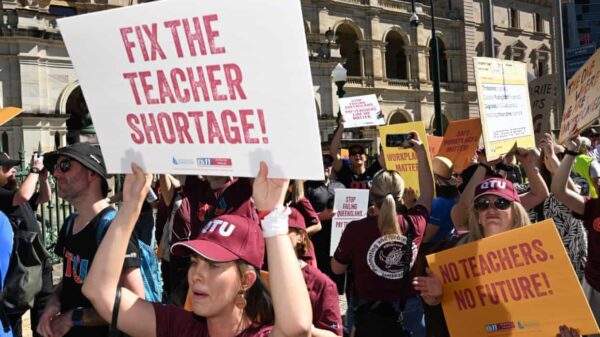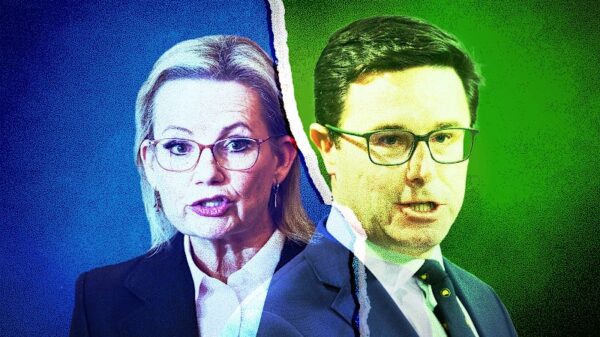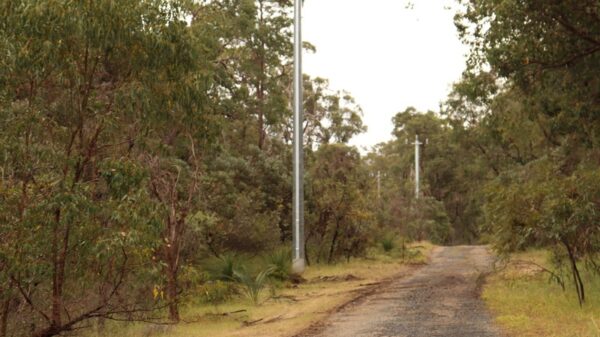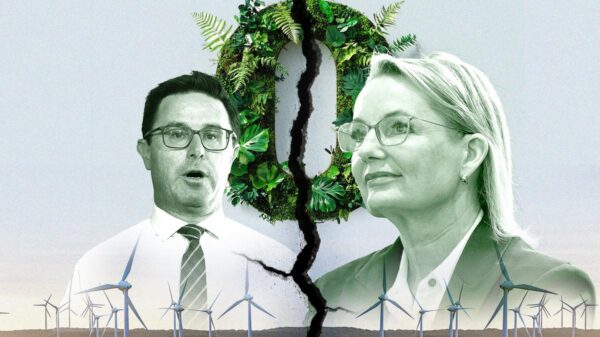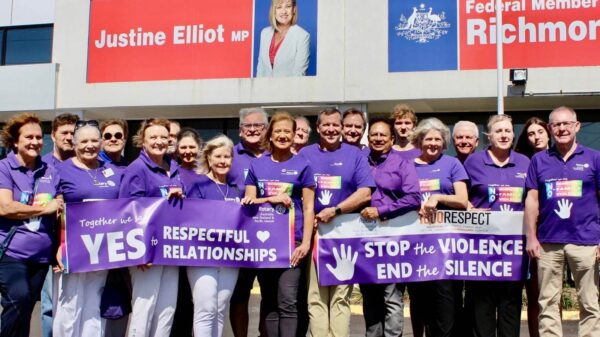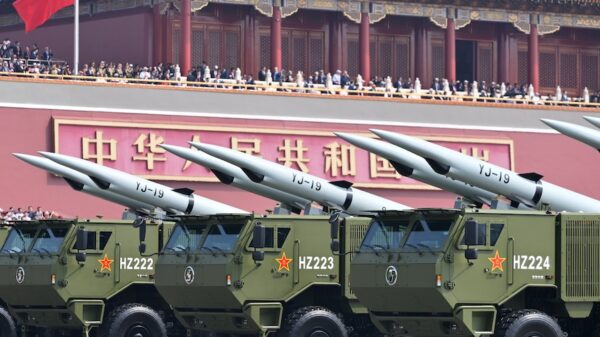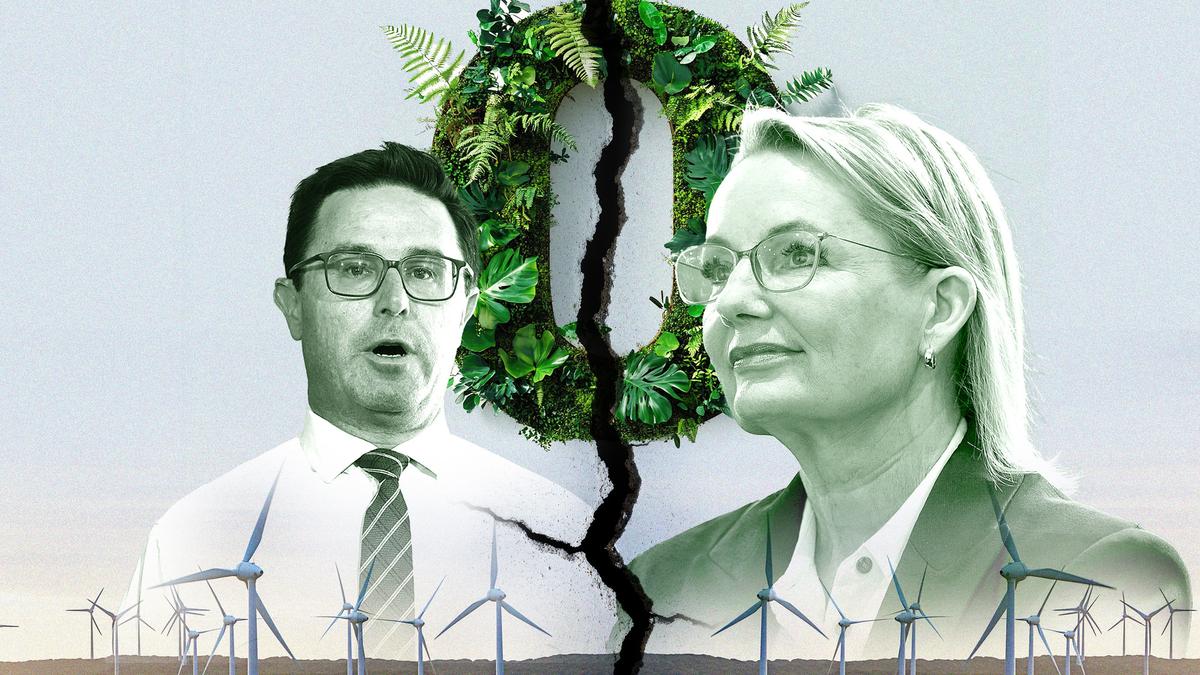The Australian Liberal Party is set to reassess its energy policy within days, prompted by the Nationals Party’s recent decision to abandon its commitment to achieving net zero emissions by 2050. This development has reignited concerns over a potential rift within the Coalition, particularly as the Liberal Party grapples with its lowest primary vote in over 40 years, according to the latest Newspoll.
The Nationals voted unanimously on March 10, 2024, to redefine their emissions strategy, opting to align Australian emission reductions with the OECD average. This shift translates to a target of approximately 30 percent reduction by 2035, significantly less ambitious than the current government commitment. Some Liberal figures, including Ben Small and Tony Pasin, have expressed support for this new direction, emphasizing the need for a more pragmatic approach to emissions policy.
In light of these developments, Opposition Leader Sussan Ley is facing increasing pressure from party members to adopt a similar stance. Ley remarked on her recent discussions with Nationals leader David Littleproud, describing them as “convivial” and expressing optimism about the formation of a unified strategy to challenge the Labor Party.
Several senior Liberals are calling for a complete rejection of Labor’s emissions laws. Sarah Henderson, a prominent party member, stated, “These policies are not working. Australians can see it.” She highlighted rising electricity prices and stagnant emissions levels as evidence that current policies are failing to deliver results.
Others within the party advocate for maintaining Australia’s international obligations under the Paris Agreement. Andrew Bragg, a leading moderate, emphasized the importance of adhering to treaty commitments, suggesting that the country could achieve net zero emissions in the latter half of the century, but not necessarily by 2050. He proposed a technology-agnostic approach to emissions reductions and a reevaluation of current subsidies.
The divisions within the Coalition have not gone unnoticed by the government. During a recent parliamentary session, Treasurer Jim Chalmers criticized the Coalition for its internal discord, declaring, “They are divided, they are divisive and they are in disarray.” Prime Minister Anthony Albanese echoed these sentiments, referring to the Coalition as the “No-alition,” highlighting their inability to present a cohesive policy front.
As the debate continues, the pressure is mounting for the Liberal Party to find a resolution that aligns with its principles while addressing the reality of their dwindling support. With the summer approaching and energy costs on the rise, the outcome of this policy review will have significant implications for both the party and the Australian public.
The internal discussions are crucial, as some members, including Barnaby Joyce, believe a split within the Coalition could be impractical, especially given their shared governance in Queensland. Joyce noted that maintaining unity is essential for effectively opposing Labor’s agenda.
Despite differing views on emissions policy, it is clear the Liberal Party faces a critical juncture. The coming days will be pivotal as they navigate these complex challenges and determine their position on one of the most pressing issues facing Australia today.






